The world is filled with captivating places, each holding a unique narrative. Among these, certain locations stand out as true wonders, showcasing remarkable beauty, architectural brilliance, and rich historical significance. These sites evoke a sense of awe and wonder, captivating us with their stories and timeless appeal. Let's explore some of these extraordinary World Wonders.
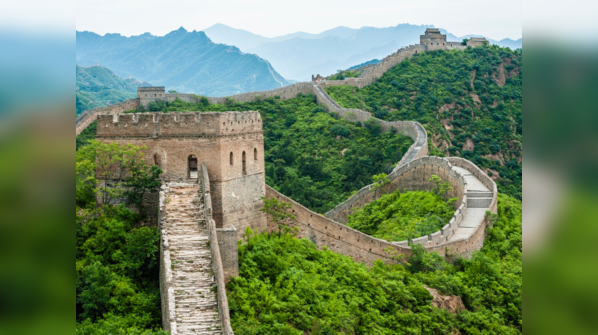
The Great Wall of China, a colossal series of fortifications constructed from stone, brick, and other materials, stretches over an impressive 21,000 kilometers. This immense structure exemplifies human determination and architectural prowess. Built without modern machinery, its construction, spanning from the 7th century BC to the 17th century AD, involved soldiers, peasants, and even prisoners, showcasing a collective effort across centuries.
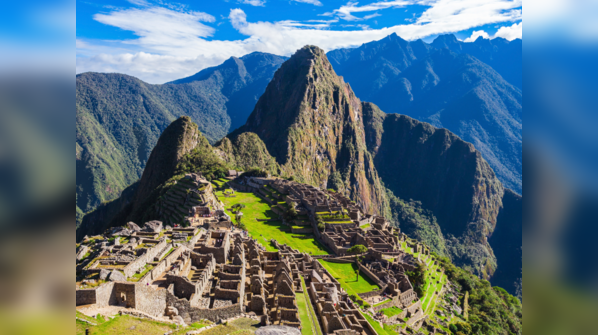
Nestled high within Peru's Andes Mountains, Machu Picchu stands as an archaeological marvel. Constructed around the 15th century, this "lost city of the Incas" inspires awe with its stunning location, sophisticated architecture, and enduring mystery. Perched on a narrow mountain ridge at approximately 2,430 meters, the city's stone structures seamlessly blend with the natural landscape, encompassing temples, plazas, terraces, fountains, and residential areas.
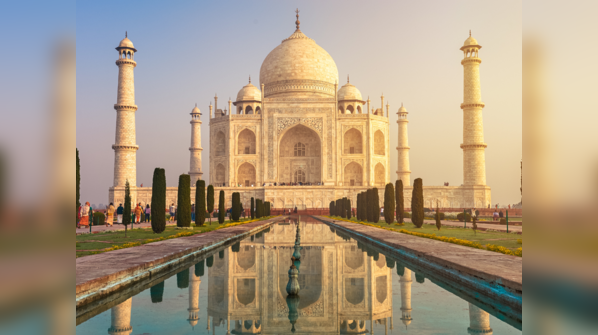
The Taj Mahal in Agra embodies eternal love and is celebrated as one of India's and the world's most iconic monuments. Mughal emperor Shah Jahan commissioned this white marble masterpiece in memory of his wife, Mumtaz Mahal. Construction commenced around 1632 AD and concluded in 1648 AD. The Taj Mahal, with its mosque, guesthouse, and southern gateway, exemplifies symmetry, artistry, and devotion.
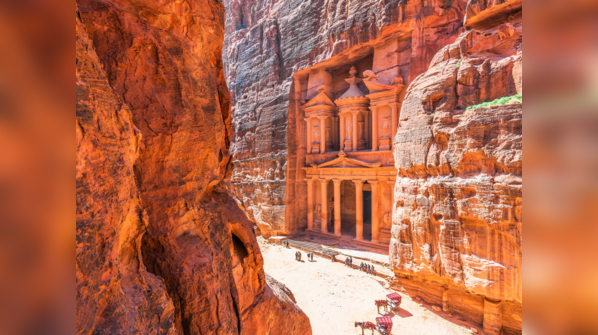
Hidden within Jordan's rugged terrain, Petra showcases unique rock-cut architecture and historical importance. Known as the "Rose City" for its red sandstone facades, Petra represents a marvel of ancient engineering and imagination. This city, dating back to the 4th century BCE, served as the capital of the Nabataean kingdom, a wealthy Arab tribe that controlled trade routes connecting Egypt and the Mediterranean.
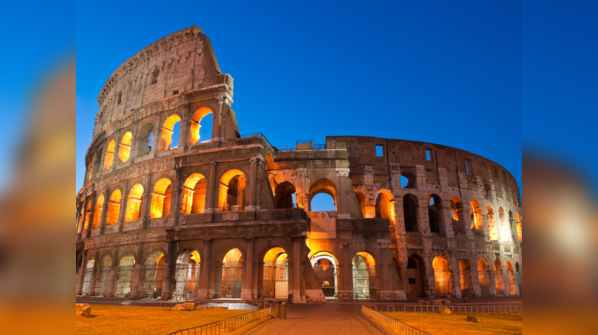
Originally known as the Flavian Amphitheater, the Colosseum stands in the heart of Rome, symbolizing the grandeur of ancient Rome. This colossal structure, witnessing nearly 2,000 years of history, hosted gladiatorial contests and shaped Roman society. Construction began in 72 CE during Emperor Vespasian's reign. The Colosseum served as Rome's stage for drama and entertainment, where gladiators battled and exotic animals fought.
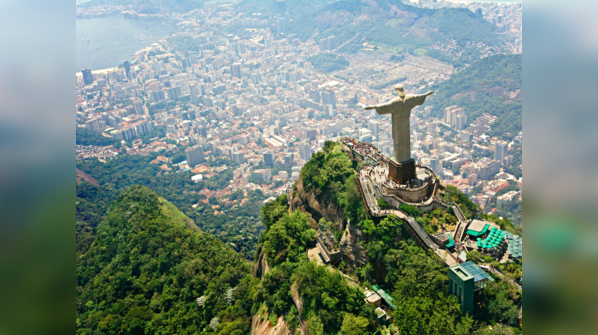
Overlooking Rio de Janeiro, the Christ the Redeemer statue stands with open arms, embracing the city. Recognized as one of the New Seven Wonders of the World in 2007, the monument's concept dates back to the mid-19th century, with plans solidifying in the 1920s. Beyond a religious icon, Christ the Redeemer represents hope and welcome, drawing millions of visitors for its spiritual significance and breathtaking views.
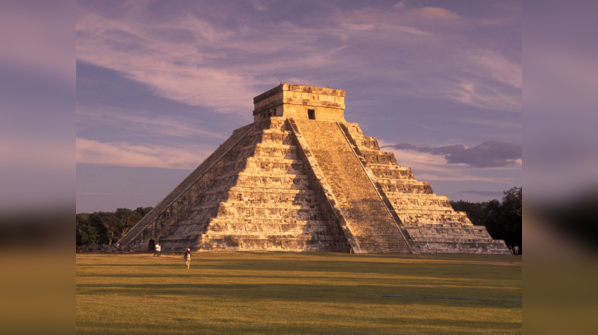
Located on Mexico’s Yucatan Peninsula, Chichen Itza is an ancient city steeped in history. Founded around the 5th and 6th centuries, it was inhabited by people skilled in astronomy, mathematics, and architecture. Designated a UNESCO World Heritage site, Chichen Itza offers insights into the advanced civilization that once thrived there.
Newer articles
Older articles
 5 Overlooked Warning Signs of Colon Cancer: Early Detection Saves Lives
5 Overlooked Warning Signs of Colon Cancer: Early Detection Saves Lives
 Shukla's ISS Arrival Heralds New Era for Indian Space Exploration; Gaganyaan Mission Looms
Shukla's ISS Arrival Heralds New Era for Indian Space Exploration; Gaganyaan Mission Looms
 Vijay Sethupathi Apologizes Amid Controversy Over Son Surya's Film 'Phoenix'; Thalapathy Vijay's Support Revealed
Vijay Sethupathi Apologizes Amid Controversy Over Son Surya's Film 'Phoenix'; Thalapathy Vijay's Support Revealed
 Android Security Alert: Government Warns of Critical Flaws Exposing User Data
Android Security Alert: Government Warns of Critical Flaws Exposing User Data
 Ashada Gupt Navratri 2025: Dates, Significance, and How to Observe This Hidden Festival
Ashada Gupt Navratri 2025: Dates, Significance, and How to Observe This Hidden Festival
 Skin Deep: 7 Warning Signs on Your Skin That Could Signal Heart Trouble
Skin Deep: 7 Warning Signs on Your Skin That Could Signal Heart Trouble
 Smith Eyes Grenada Test Return After Injury Layoff
Smith Eyes Grenada Test Return After Injury Layoff
 Staying Hydrated May Significantly Lower Risk of Heart Failure, New Study Suggests
Staying Hydrated May Significantly Lower Risk of Heart Failure, New Study Suggests
 Moto G54 Price Slashed in India: Check Out the New, Lowered Costs
Moto G54 Price Slashed in India: Check Out the New, Lowered Costs
 Gambhir Sidelines Pant's Twin Tons After India's Test Loss, Emphasizes Team Performance
Gambhir Sidelines Pant's Twin Tons After India's Test Loss, Emphasizes Team Performance